Bioenergy in Ukraine
Bioenergy is a branch of energy sector that involves the use of biomass as a fuel.
Biomass is an inanimate organic material. For example, trees, branches, wheat straw, corn stalks, sunflower husk, animal and poultry waste, as well as organic matter in household waste.
- Wood biomass. For example: firewood, branches, wood chips.
- Agricultural biomass. For example: wheat straw, corn stalks, sunflower husk; organic waste from animal farms, fisheries; organic waste from food and processing industries, for example: sugar factories.
There are three groups of agricultural biomass:
1) primary, which is a by-product of crop production (straw, sunflower stalks and corn, etc.);
2) secondary, obtained during the processing of basic agricultural products (pulp, cake, husk, shell, bonfire, etc.);
3) manure.
- Energy crops are trees and plants that grow relatively quickly and are specially grown for energy use. For example: willow, poplar, miscanthus.
Energy crops also include traditional crops grown for the production of biodiesel (rapeseed, sunflower), bioethanol (corn, sugar beet) and biogas (corn). - Waste. For example: organic in household waste.
Read also: Що таке біомаса? Чому біомаса — це ВДЕ? І що саме використовується як паливо?

Agrobiomass: straw of grain crops 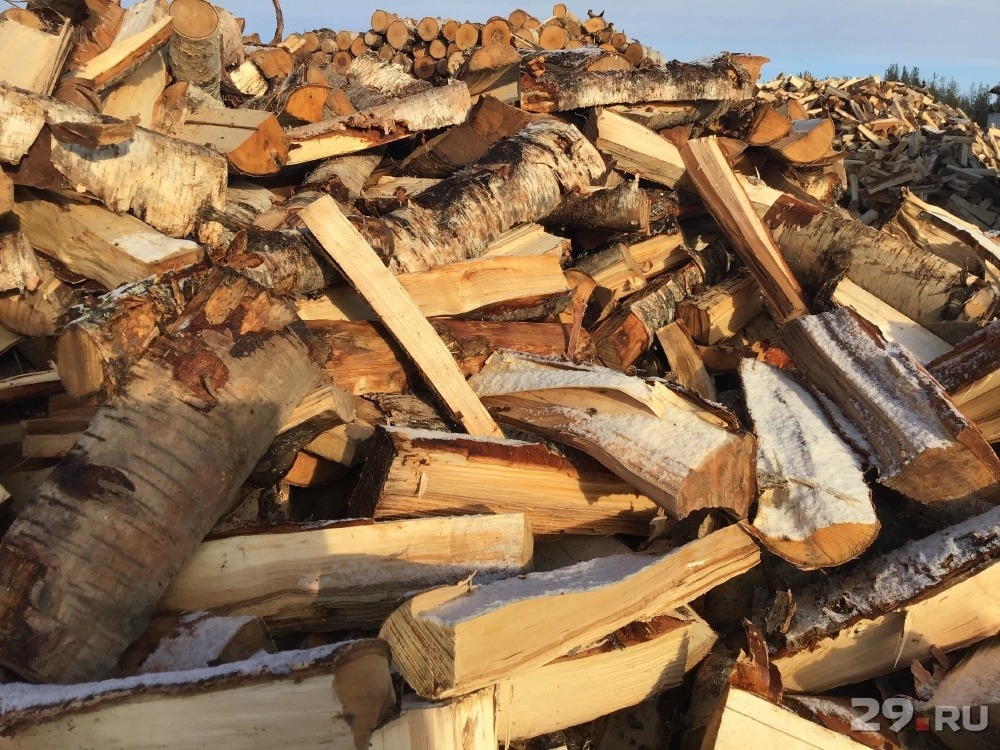
Firewood
In energy sector, biomass is used for energy production. Biomass can be converted into heat, electricity or fuel for transport.
One of the main advantages of energy use of biomass is its versatility and multivariate.
Biomass can be used in solid form, by direct combustion (firewood, wood chips, straw bales, pellets and biomass briquettes), or converted and used in liquid (biodiesel, bioethanol) or gaseous (biogas, biomethane) state.

wood chips 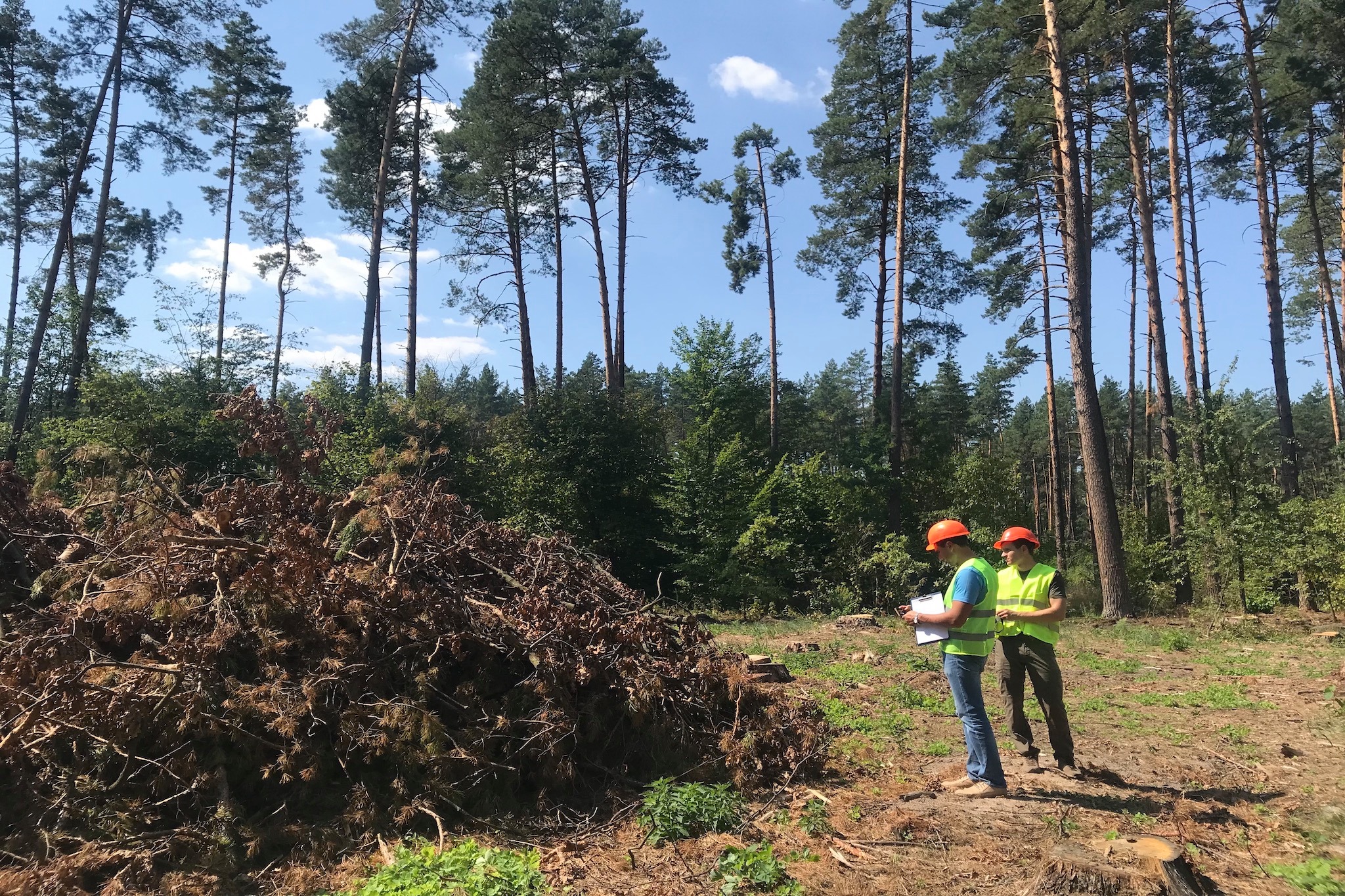
wood waste: branches, brashes
One of the ways to use biomass is its processing into liquid biofuels: biodiesel and bioethanol.
Biodiesel is a transport fuel made from vegetable oils or animal fats.
Bioethanol is a transport fuel made from biomass or raw ethyl alcohol.
Ukraine has the necessary conditions for liquid biofuels generation both in terms of land resources and plant potential, and in terms of the availability of its own production facilities.
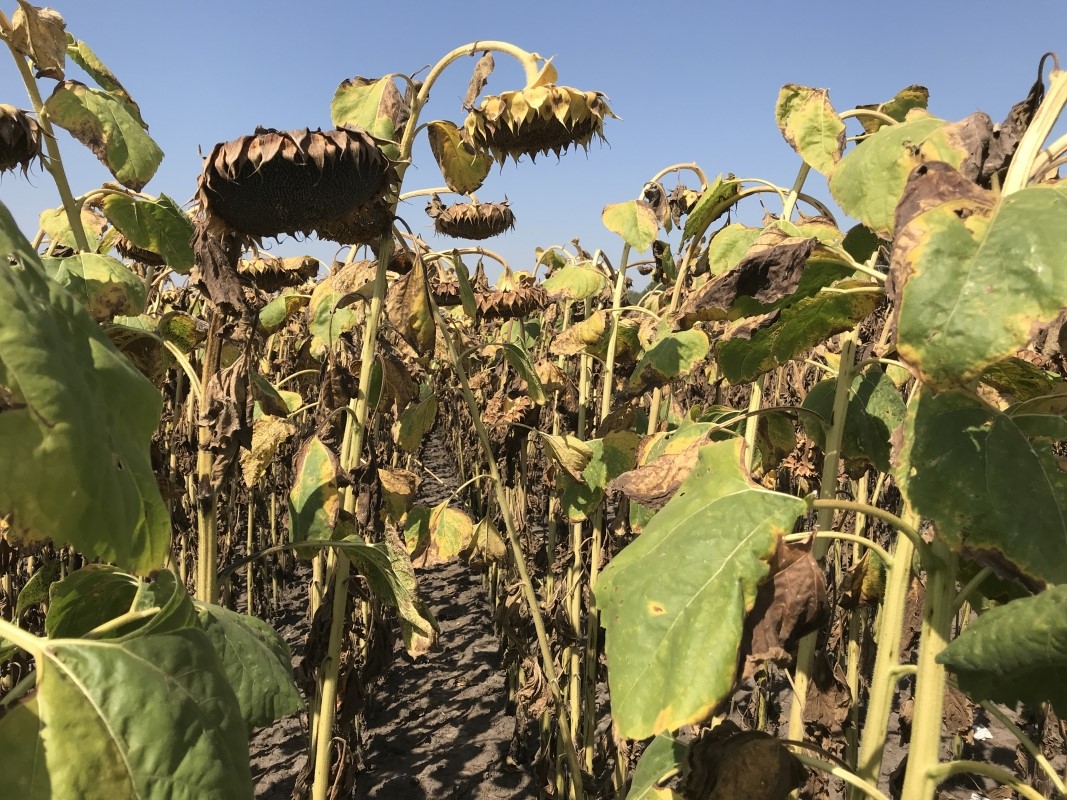
sunflower stalks 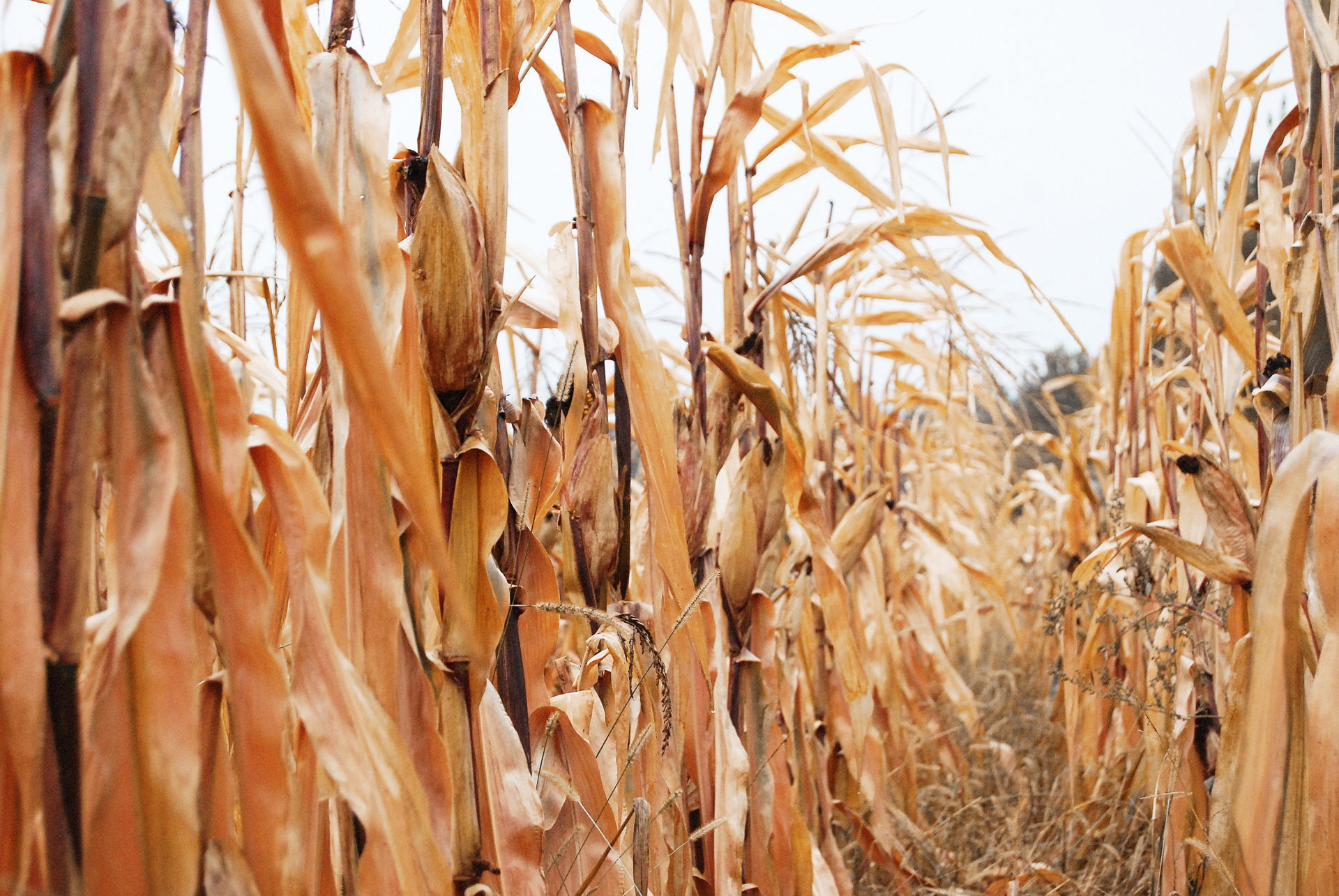
corn stalks
Biomass can be used to produce gas fuel.
Biogas is a gas derived from biomass. Possible sources of biogas: animal farms waste, wastewater or landfills organics. Biogas is a mixture of methane (60-70%), CO2 and small quantities of other gases that can be used to generate power and to meet heating or cooking demand.
Biomethane is a near to 100% methane produced either by “upgrading” biogas or through the gasification of solid biomass; since it is indistinguishable from the regular natural gas stream, it can be transported and used wherever gas is consumed, but without adding to emissions.

animal farms 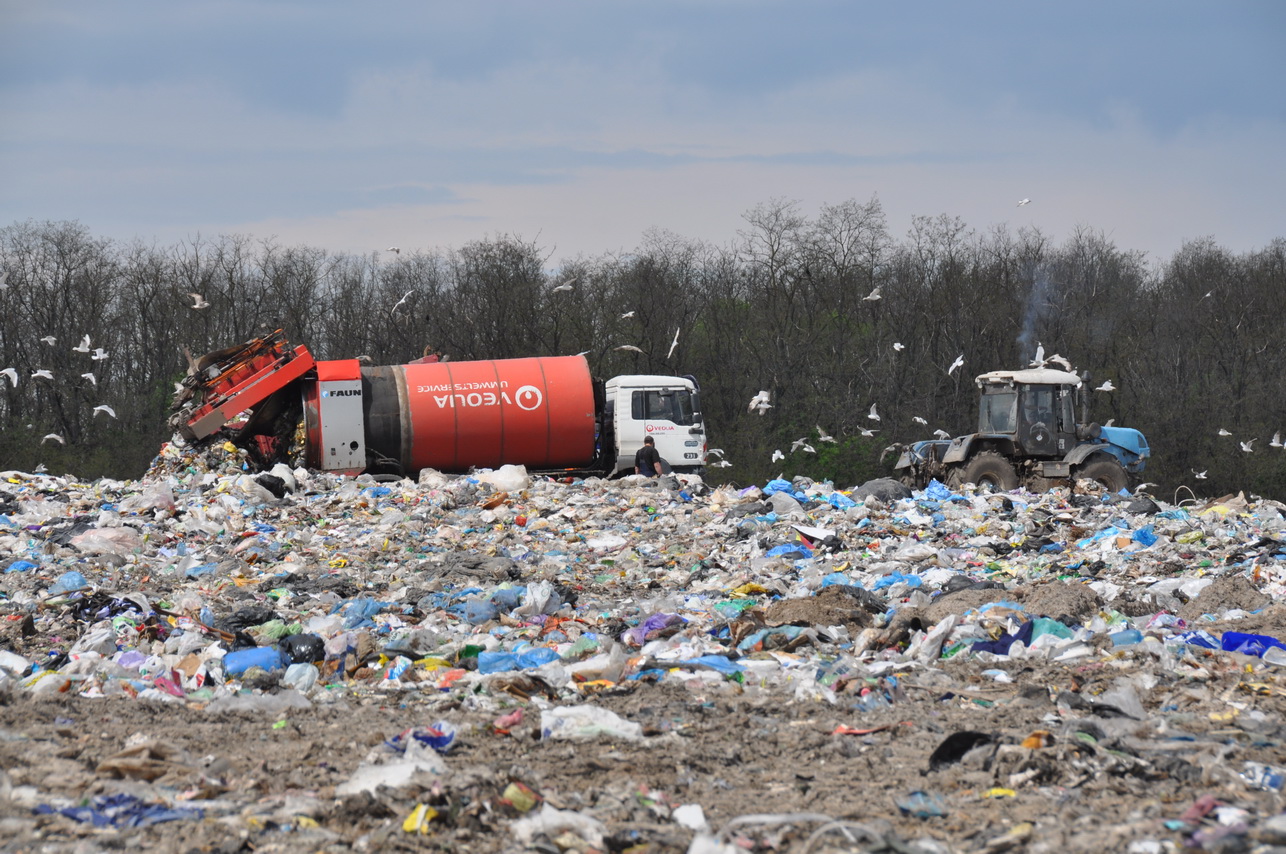
landfill
It’s safe
Today, the market has a wide range of domestic and foreign equipment for completely different budgets to provide bioenergy for their own needs and large enterprises. Modern equipment is fully automated, which guarantees minimization of the human factor, stable operation and neutral carbon emissions. That is why biofuels are available, but what is most importantly: biofuels are safe.
It is economically profitable
For Ukraine, bioenergy is one of the strategic directions of development of the renewable energy sector, given the country’s high dependence on imported energy, primarily natural gas, as well as the great potential of biomass available for energy production.
The role of bioenergy in the heat generation sector is particularly important, as biomass and biofuels can replace traditional fuels and energy sources in heat and electricity generation, as well as in transport.
4 billion m3 of natural gas was replaced by bioenergy in 2018
UABIO
Biomass can directly replace natural gas and coal. At the same time, biomass is cheaper than gas and coal.
The use of biomass can replace natural gas and liquefied gases, as well as gasoline, diesel fuel and kerosene in internal combustion engines.
Regarding the electricity sector, it should be noted that, in contrast to solar and wind energy, electricity production from biomass/biogas is stable, and moreover, biomass generating capacity can participate in the balancing electricity market of Ukraine.
Biomass is a promising source of renewable energy both in the world and in Ukraine. Currently, biomass ranks fourth in the world in terms of its energy use. In recent years, Ukraine has seen a gradual increase in the number of facilities and installed capacity for the production of heat and electricity from biomass.
Unfortunately, the pace of development of bioenergy in Ukraine is much lower than European indicators.
Ukraine needs energy independence and the development of bioenergy, which guarantees the development of the regions.
UABIO Position
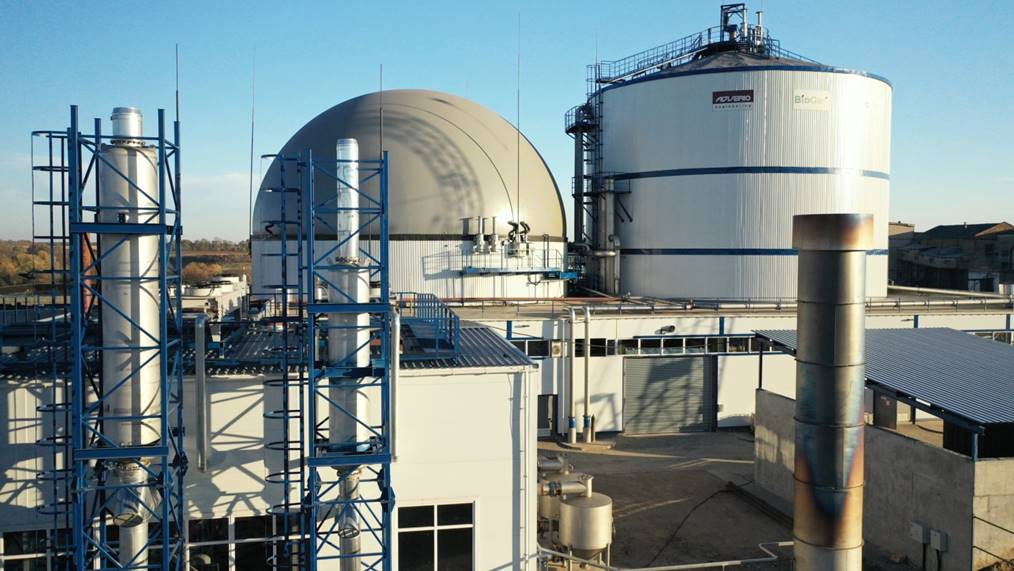
Biogas power plant, Vinnytsia region, Ukraine 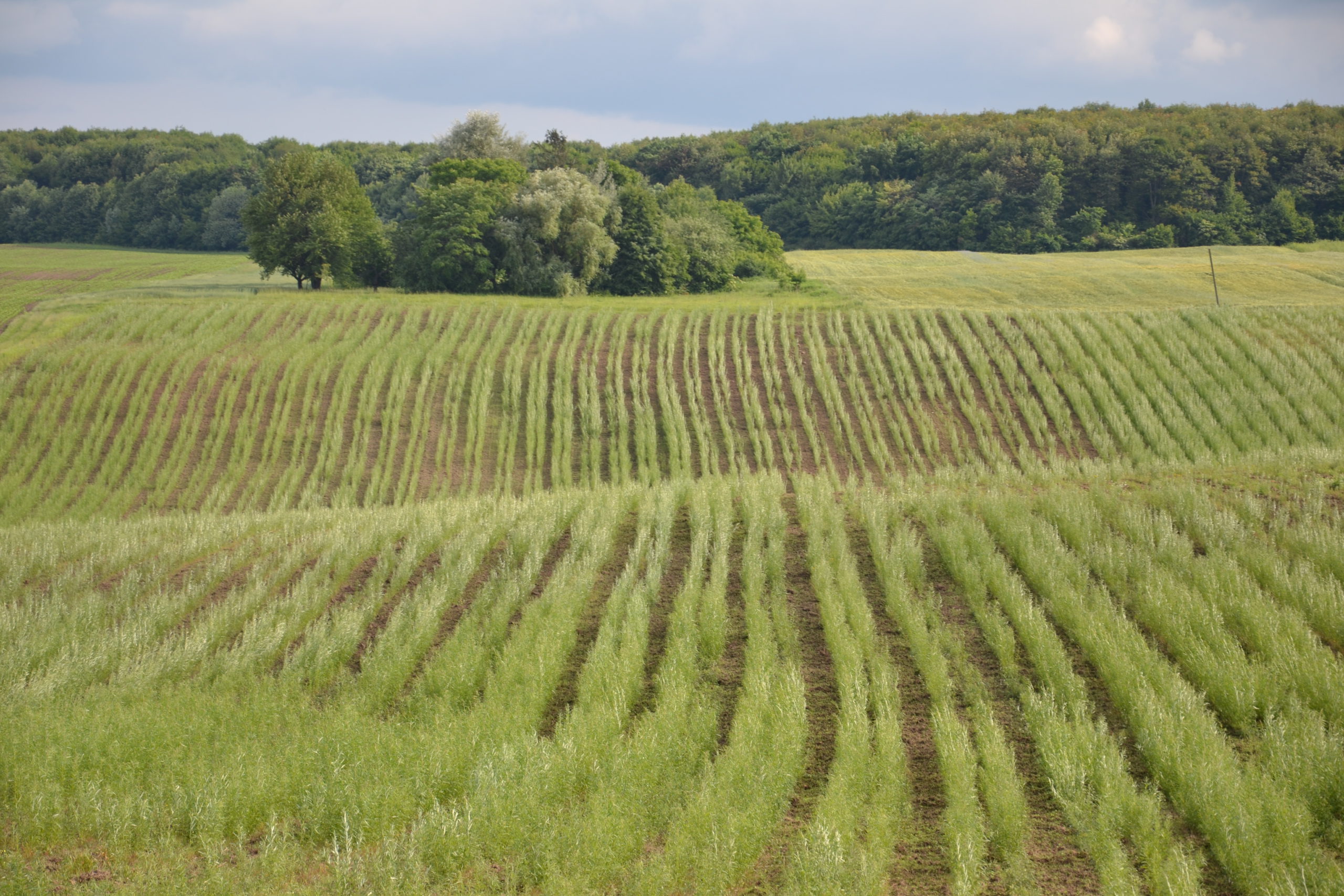
Energy willow plantation, Rivne region, Ukraine
We stand for the efficient use of the huge resources available in Ukraine, increasing tax revenues, infrastructure development, job creation, as well as reducing heat tariffs and improving the reliability of heat supply.
There are enough biomass in Ukraine to replace all gas, coal and gasoline imports (2018)
UABIO
A large number of successful projects that have already been implemented, economic feasibility, government support and assistance in the development of bioenergy encourage investors and financial institutions to implement new bioenergy projects in Ukraine.
It combating climate change
Climate change is a problem that no one can ignore. And our generation has a chance to transform the world economy, making it climate-neutral.
Bioenergy plays an important role in reducing greenhouse gas emissions, which is especially relevant in the context of global warming and climate change.
8 million tons of CO2 was not released into the atmosphere due to bioenergy in 2018
UABIO
This is a CO2-neutral energy sector, which involves the use of renewable fuel, the combustion of which releases as much carbon as is absorbed during plant growth.
If we consider the full cycle of biomass production and preparation for energy use, it is associated with certain energy costs and greenhouse gas emissions, but these emissions are much lower compared to emissions from fossil fuels (coal, oil and natural gas). This difference is especially noticeable in the production of heat and electricity.
Bioenergy accounts for about 60% of all renewables in the world and about 70% of all renewables in Ukraine. Therefore, bioenergy is an integral part of the “green” energy transition of all countries, including Ukraine.
70% share of bioenergy among all RES in Ukraine in 2018
UABIO
Ukraine has international obligations to reduce greenhouse gas emissions under the 2015 Paris Climate Agreement. Currently, this commitment to reduce is 40% in 2030 relative to GHG emissions in 1990, but in the coming years may increase significantly: to about 70% in 2050 relative to GHG emissions in 1990.
To meet this new goal, Ukraine needs to move to a low-carbon economy, significantly reduce fossil fuel consumption, actively develop energy efficiency and introduce renewable energy sources.
According to preliminary expert estimates, the share of RES in the energy sector of Ukraine in 2050 may reach 65%, of which more than half due to bioenergy. Thus, bioenergy makes a significant contribution to the decarbonization of energy and reduction of greenhouse gas emissions.